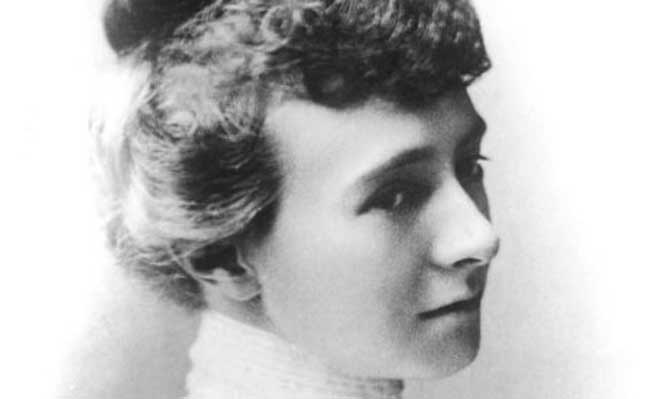 Emily Wilding Davison
Emily Wilding Davison
A hundred years ago a militant suffragette was killed after she ran in front of the King’s horse at the Epsom Derby. Katherine Connelly explains why her struggle remains relevant and why a campaign has been launched in her memory
Britain in 1913 was a bitterly divided country. On one side there were militant campaigns against poverty wages, for Irish freedom and for votes for women. On the other side there was the wealthy elite, who ordered massively violent state repression against these campaigns to protect the system that gave them such privileged lives.
On 4 June 1913 these worlds would dramatically collide. The King and Queen had come to the Derby Day race to see the King’s horse compete. It was supposed to be a day where tradition was celebrated and the social unrest was forgotten.
But it could not be forgotten because a woman named Emily Wilding Davison ran onto the racecourse and was knocked down by the King’s horse. Suffragette colours were found sewn into her coat. She was taken to a nearby hospital, but she never regained consciousness and died four days later.
Emily Davison’s action that day stands out as the most dramatic and famous of all the suffragette protests, but it emerged from years of struggle waged by thousands of women.
A radical struggle
After more than fifty years of continuous ‘constitutional’ campaigns for women’s suffrage, a group of radical women in Manchester decided that more direct action was needed to force votes for women onto the political agenda. Drawing inspiration from the unemployed movement, working women in London marched on Parliament and two women in Manchester got arrested for interjecting at a Liberal meeting.
This was the movement that Emily Davison was attracted to. She joined it in 1906. A bright and talented woman, she worked as a teacher to raise the money to go to University, getting first class honours at Oxford.
She believed in fighting for working-class access to education and was involved in the Workers’ Educational Association and the Central Labour College.

As a suffragette Emily Davison devised new militant tactics, such as setting fire to post boxes and hiding in the House of Commons (on one occasion to avoid the census).
Many of her actions were protests against the state’s brutality towards suffragettes. When the suffragettes went on hunger strike in prison to try and make the authorities award them the status of political prisoners, the authorities responded by force feeding them. Emily was among those who frequently had to endure this torture and she fought back.
On one occasion she barricaded her cell and the prison doctor was only able to get in after a fire hose had been turned on the starving suffragette prisoner. In 1912, when large numbers of suffragette prisoners were being force fed, Emily Davison threw herself from the railings outside her cell onto an iron staircase below. It was an attempt to make the force feeding stop.
She made her protest at the Derby at a time when hunger-striking suffragette prisoners were being released (when they got seriously ill) and then rearrested a few days later to continue their sentence. This meant that small sentences were being stretched out into long battles with the authorities in which the suffragette’s health was seriously undermined.
There were fears this would kill suffragette leader Emmeline Pankhurst, who was frequently in and out of prison. Indeed, she was even re-arrested as she made her way to Emily Davison’s funeral.
The memory of a gallant woman
On the hundredth anniversary of Emily Davison’s death it is important that we remember the struggle for women’s rights and democracy. That is why I have been involved in launching the Emily Wilding Davison Memorial Campaign, calling for next year’s Derby Day race to observe a minute’s silence in tribute to the sacrifice that Emily Davison made.
Emily Davison left a radical legacy. Her close friend the militant suffragette Mary Leigh set up an Emily Davison Club and Emily Davison Lodge ‘to perpetuate the memory of a gallant woman by gathering together women of progressive thought and aspiration with the purpose of working for the progress of women according to the needs of the hour’.
In the 1950s Mary Leigh carried the suffragette flag Emily Davison had with her at the Derby on the Aldermaston nuclear disarmament marches.
In 1999 the socialist MP Tony Benn put up a plaque in memory of Emily Davison in the House of Commons cupboard that she hid in on census night.
Today, at a time when Britain remains a bitterly divided society, as austerity tramples on democracy across Europe, as the Tories launch an assault on women’s rights, Emily Davison can inspire a new generation to fight for a better world.
Katherine Connelly is Emily Wilding Davison Memorial Campaign co-ordinator
Read the letter published in the Guardian calling for a minute’s silence at next year’s Derby in Emily Davison’s memory.
To sign the campaign statement, go to http://emilywildingdavison.org

